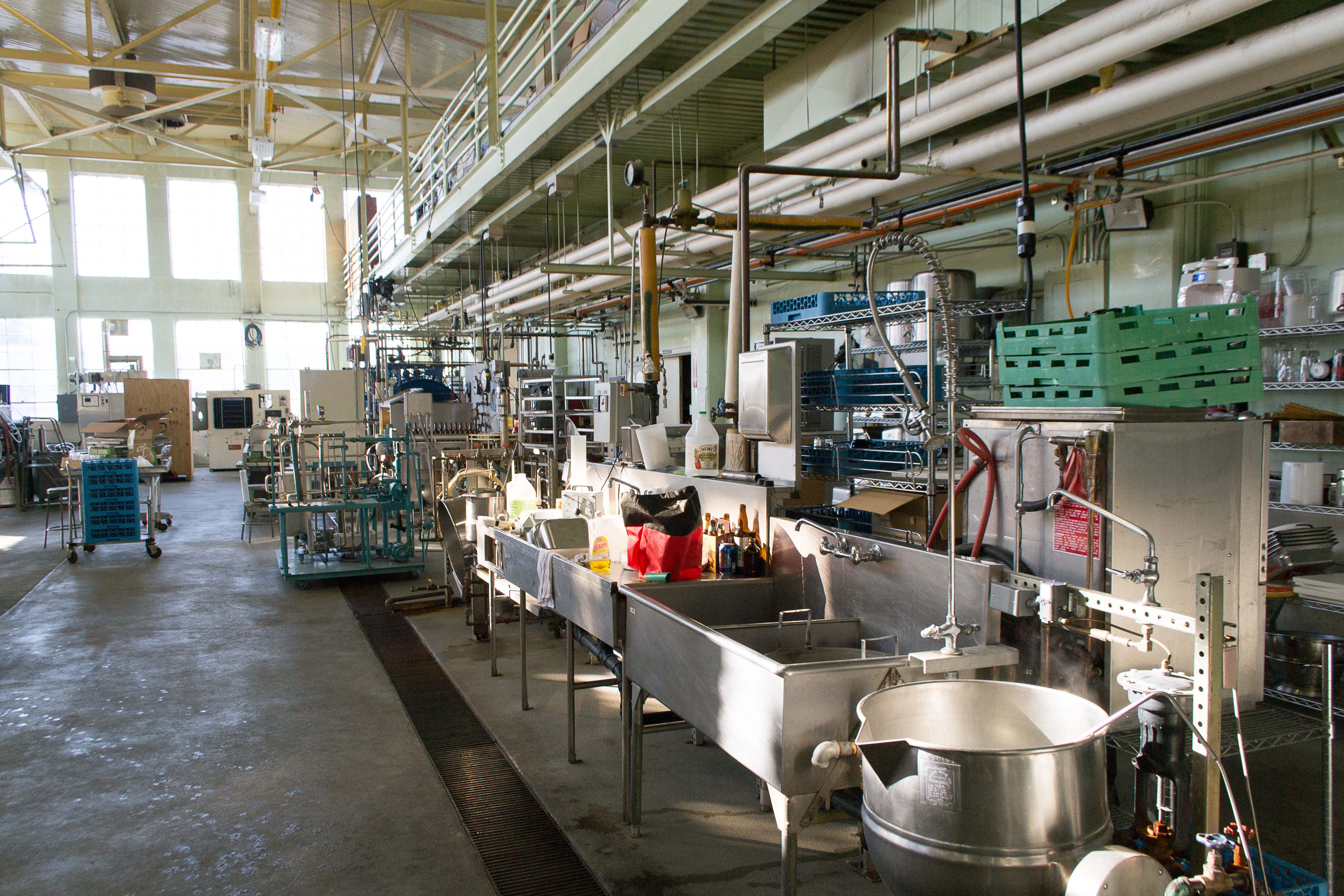
Photo from academic.microsoft.com
Interest in gluten-free grains is increasing, together with major incidences of celiac disease in the last years. Since to date, knowledge of the nutritional and bioactive compounds profile of alternative… Click to show full abstract
Interest in gluten-free grains is increasing, together with major incidences of celiac disease in the last years. Since to date, knowledge of the nutritional and bioactive compounds profile of alternative gluten-free grains is limited, we evaluated the content of water-soluble (thiamine and riboflavin) and liposoluble vitamins, such as carotenoids and tocols (tocopherols and tocotrienols), of gluten-free minor cereals and also of pseudocereals. The analysed samples showed a high content of bioactive compounds; in particular, amaranth, cañihua and quinoa are good sources of vitamin E, while millet, sorghum and teff (Eragrostis tef, or William’s Lovegrass) are good sources of thiamine. Moreover, millet provides a fair amount of carotenoids, and in particular of lutein. These data can provide more information on bioactive compounds in gluten-free grains. The use of these grains can improve the nutritional quality of gluten-free cereal-based products, and could avoid the monotony of the celiac diet.
Journal Title: Foods
Year Published: 2019
Link to full text (if available)
Share on Social Media: Sign Up to like & get
recommendations!